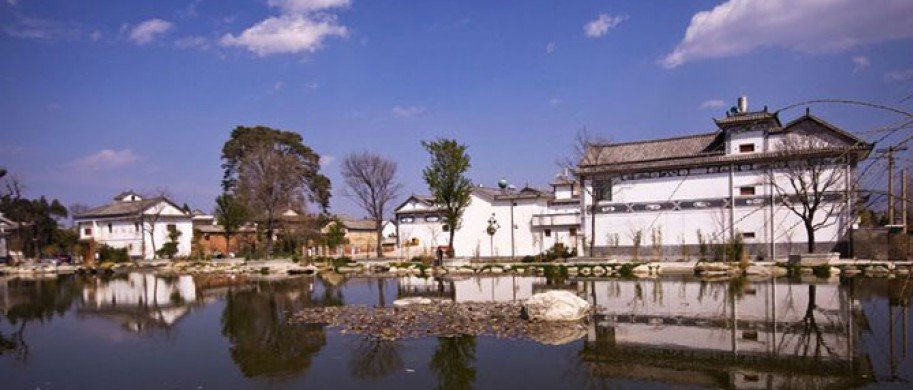
Just north of Dali Old Town the cozy town of Xizhou can be found right at the shores of Erhai Lake and the Wanhua Brook. Historically, it was a military fortress of Nanzhao Kingdom and a temporary palace of the King of Nanzhao.
Because of its favourable geographical situation, the town used to be a commercial centre before 1949 and there were more than 140 national capitalist families among whom the Yan's, the Dong's, the Yin's and the Yang's were the biggest ones in capital. Their houses are of the typical Bai design known as "Sanfang Yizhaobi" (a courtyard rooms on three sides and a screen wall on the remaining side) and "Sihe Wutianjing" (one big courtyard with four smaller ones at the four corners of the main one).
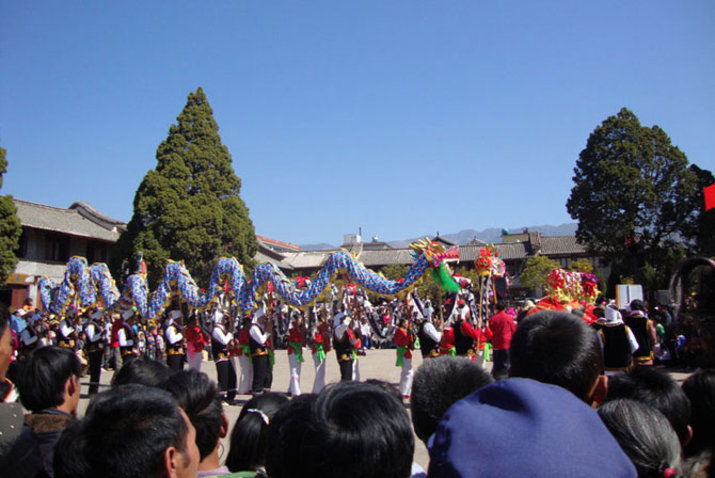
The Bai minority are much in evidence at Xizhou. Green mountains, winding creeks and fertile land make for a lyrical and carefree life. The history of Xizhou dates back to the Sui Dynasty (581-618 AD). At that time, it was called the city of Dali . It was later conquered by General Shi Wansui in the Sui Dynasty, so it also enjoys the name of Shicheng (Shi City). History has moved into its second millennium.
The once impregnable Dali wall has crumbled. People nowadays regard Xizhou as a town that is famous for the Bai minority culture. The old houses and streets are well preserved. Visitors may still find traces of past glory. At the entrance to Xizhou, a magnificent structure catches the attention of visitors. It is a two-storey building made of wood and brick. The second floor is an attic of horizontal inscribed board. The first floor is a corridor, leading you into an atmosphere of traditional culture featuring part-time study in the countryside. Not far away is a banyan tree with flourishing leaves and branches.

Perched on the tree is a large flock of egrets. They lead a comfortable and luxurious life without anyone disturbing them. Walking under the banyan tree, visitors may receive an unexpected souvenir - white egret excrement. People may have their doubts about whether the banyan tree and egrets are sacred things worshipped by local residents from generation to generation. All the same, such a seamless and harmonious relationship between human beings and nature really is a great attraction.
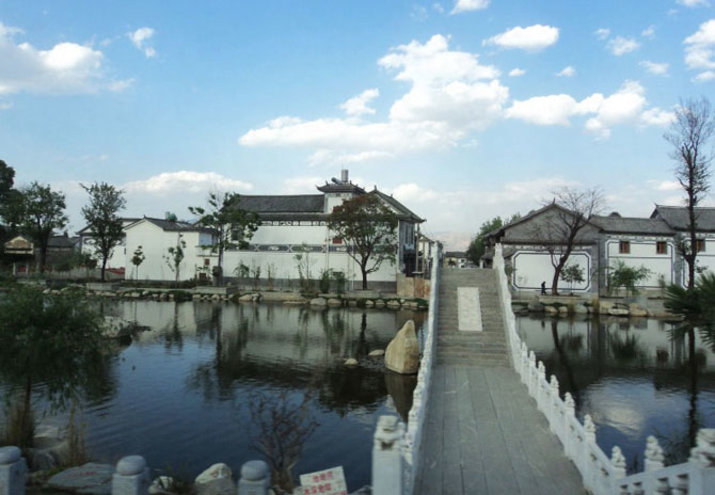
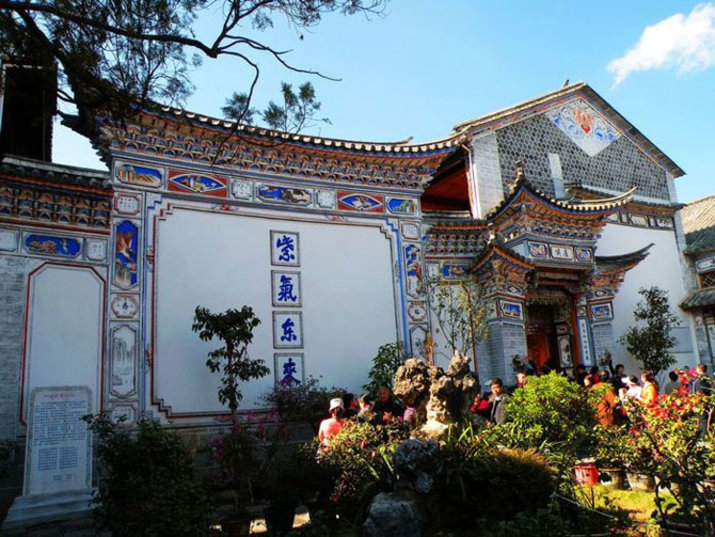
Walking along the slate road, sauntering though the winding alleys, visitors can have a good look at the delicate and intricate designs on the walls. The houses of local residents are characterized by a traditional Chinese rectangular courtyard with a screen wall facing the gate. On the screen wall there are usually four Chinese characters, reading "Qingbai Shijia" (innocent family) or "Ziqi Donglai" (Auspicious air comes from the East). Around them are landscape paintings and decorations with a profusion of colours. The doors and windows are full of grills with auspicious paintings. In Xizhou , visitors also have the opportunity to appreciate the genuine tea ceremony of the Bai minority. Sandao Tea is a must-drink. It consists of bitter tea, sweet tea and aftertaste tea, indicating the whole life of the people. Xizhou is an ideal tourist destination for people who want to experience a different way of life.
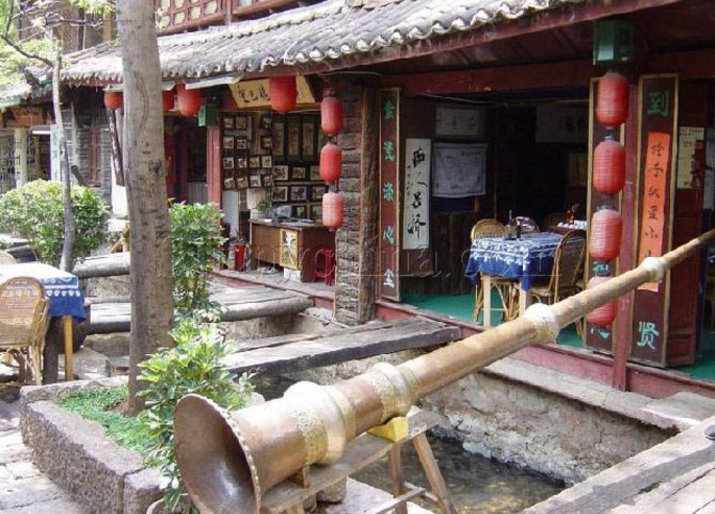
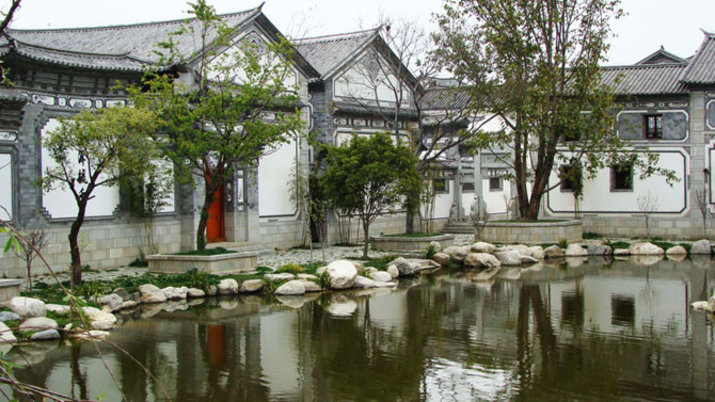
- 2392 reads
